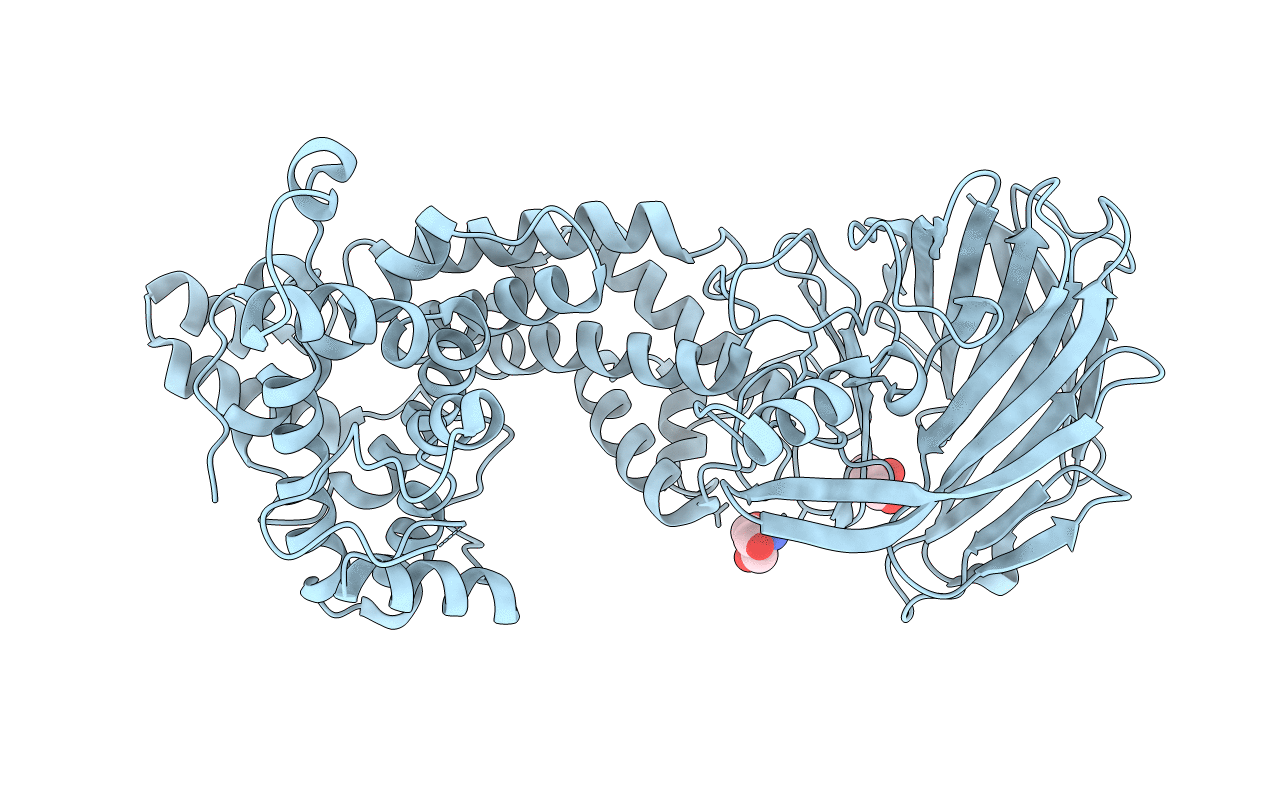
Deposition Date
2016-04-28
Release Date
2016-05-25
Last Version Date
2024-12-25
Entry Detail
Biological Source:
Source Organism:
Bacteroides thetaiotaomicron (Taxon ID: 226186)
Host Organism:
Method Details:
Experimental Method:
Resolution:
1.85 Å
R-Value Free:
0.20
R-Value Work:
0.16
R-Value Observed:
0.16
Space Group:
C 1 2 1


